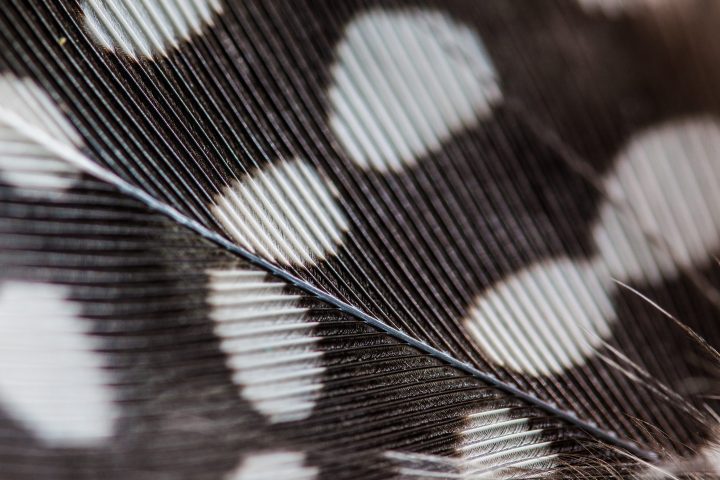Protect From Wind
Wind subjects living systems to various forces, such as compression, twisting, turbulence, and tension. These forces put living systems at risk of losing the ability to perform life-essential functions, such as when a plant becomes uprooted. Wind can result from weather phenomena or rapid movement through the air, as when flying. Wind is typically not a constant or predictable force, so living systems must be able to function both with and without its presence by adjusting to its direction and speed. A good example is how plants’ leaves and stems are flexible so that they can align with the wind, rather than being battered by it.
Manage Compression
When a living system is under compression, there is a force pushing on it, like a chair with a person sitting on it. When evenly applied to all sides of a living system, compression results in decreased volume. When applied on two sides, it results in deformation, such as when pushing on two sides of a balloon. This deformation can be temporary or permanent. Because living systems must retain their most efficient form, they must ensure that any deformation is temporary. Managing compression also provides an opportunity to lessen the effects of other forces. Living systems have strategies to help prevent compression or recover from it, while maintaining function. For example, African elephant adults weigh from 4,700 to 6,048 kilograms. Because they must hold all of that weight on their four feet, the tissues of their feet have features that enable compression to absorb and distribute forces.
Manage Shear
The effect of shear stress on a living system is parallel internal surfaces sliding past each other. Slippage occurs in parallel with the force. Think about holding two wooden boards on top of each other and sliding one to the right and the other to the left. This may be easy until you add glue, which increases their shear strength and makes them harder or impossible to slide. Shear can occur in solids, liquids, and gases. Living systems must increase their shear strength to overcome these types of forces. For example, darkling beetles lock their wings together in flight to prevent lateral movement by using many small hairs on each wing. These hairs interlock to provide shear strength, just as two hair brushes put together would be difficult to slide past each other.
Prevent Buckling
When a living system undergoes compression to the extent that it causes structural damage, it results in buckling. For example, if a person pushes down on the top or the side of a paper cup, the cup’s wall will eventually give way, or buckle. Although a living system could add material to strengthen a structure, this requires expending precious energy. Instead, it must use energy and materials conservatively to avoid buckling, strengthening structures through careful placement of materials to resist, absorb, or deflect compressive forces. For example, instead of one long, tubular stem, some plants like bamboo have stronger nodes scattered along their stems. When compressed, these nodes keep the round stems from taking on an oval shape that weakens the structure and could result in buckling.
Prevent Fracture/Rupture
High force impact or stress can cause materials that comprise living systems to separate into two or more pieces (called fracturing) or to break or burst suddenly (called rupturing). For example, a scallop prevents structural failure from fracture because its shell is comprised of two materials of varying stiffness. When a crack moves from the scallop’s stiff material to the less stiff one, the latter reduces the force at the tip of the crack, thereby stopping it from spreading farther.





